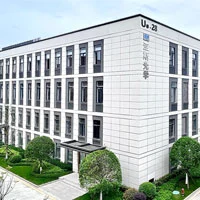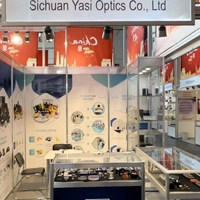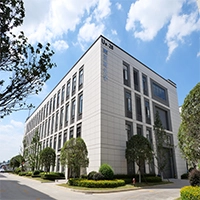Yasi Optics specializes in the production of advanced optical components, such as prisms, lenses and other infrared optics made of various infrared materials.
Lenses, various laser mirrors, focusing lenses, field lenses, beam expanders and other laser lenses, various optical glass materials.
Prisms and lenses, the large-size tank periscope prisms produced by the company can be selected by customers from cutting, polishing, coating to assembly.
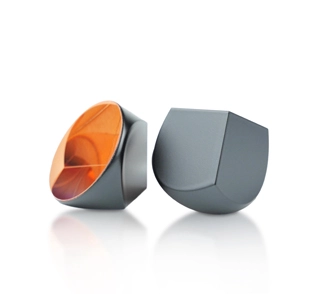
Our comprehensive selection of optical components ensures solutions for diverse industry needs and applications. Of course, as one of leading optical component manufacturers, we also have customized services such as accepting to custom optical elements, including custom optical fibers, custom optical lenses and custom optical mirrors.
Our optical elements products epitomize unparalleled quality, precision, and reliability, setting industry standards with unwavering superiority and performance.
As one professor of China optical components, we're the pinnacle in optical components, offering cutting-edge solutions, innovative designs, and precision engineering that redefine industry benchmarks and possibilities.
Our tailored solutions cater to diverse needs for optical system components, ensuring customized designs, precise specifications, and superior performance for every unique optical sub-assembly requirement.
Material Selection: Specific materials, like glass, crystals, or specialized polymers, are chosen based on the component's intended function and optical characteristics.
Polishing and Grinding: Precision grinding and polishing techniques are employed to achieve the desired surface quality, shape, and accuracy of optical elements, including optical mirrors.
Coating: Optical coatings are applied to alter surface properties, enhance performance, or reduce reflection. Coating methods include vapor deposition or sputtering.
Quality Control: Throughout each stage, rigorous quality checks using advanced metrology tools ensure optical components meet exacting specifications.
Optical component measurement involves the evaluation of various parameters and characteristics of optical components to ensure they meet specific standards and requirements. These optical elements, which include lenses, mirrors, filters, prisms, and fiber optics, are critical in numerous applications ranging from simple optical devices to complex systems like cameras, telescopes, microscopes, and advanced photonics equipment.
Interferometry: A highly precise method for measuring surface figure and flatness. It uses the principle of interference of light waves to detect deviations from the desired surface shape.
Spectrophotometry: Used for measuring transmittance and reflectance across different wavelengths of light. It helps in characterizing how optical components interact with light across the visible, ultraviolet, and infrared spectra.
Atomic Force Microscopy (AFM): Offers high-resolution imaging of surfaces at the nanometer scale, useful for assessing surface roughness and defects on optical components.
Ellipsometry: A technique for investigating the optical properties of thin films, including coatings on optical components. It measures the change in polarization as light reflects off a surface.
Goniometry: Used for measuring angles with high precision, which is essential for components like prisms and for assessing the angular distribution of light from reflective and scattering surfaces.
Profiling Instruments: Instruments like optical profilometers and coordinate measuring machines (CMMs) are used for detailed dimensional measurements and surface profiling.
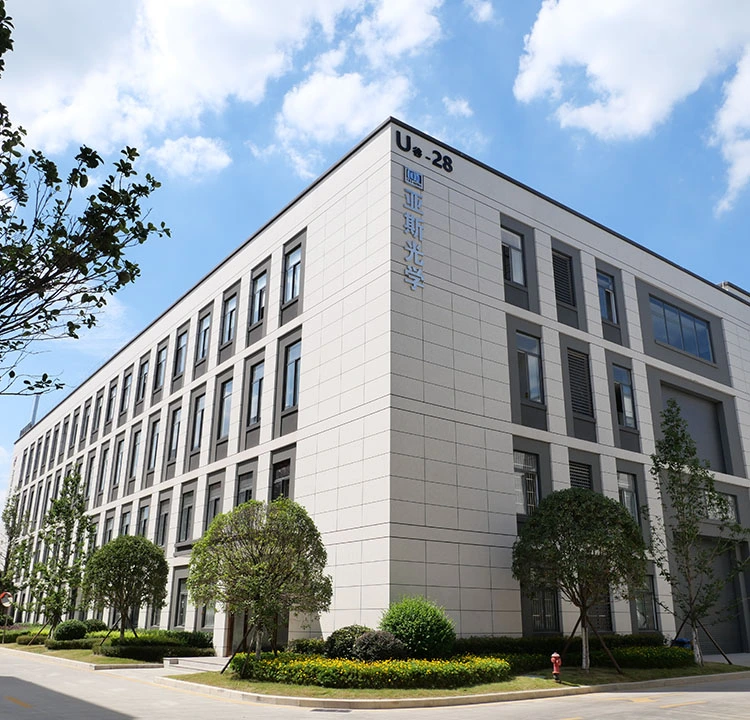
May 13-2024
